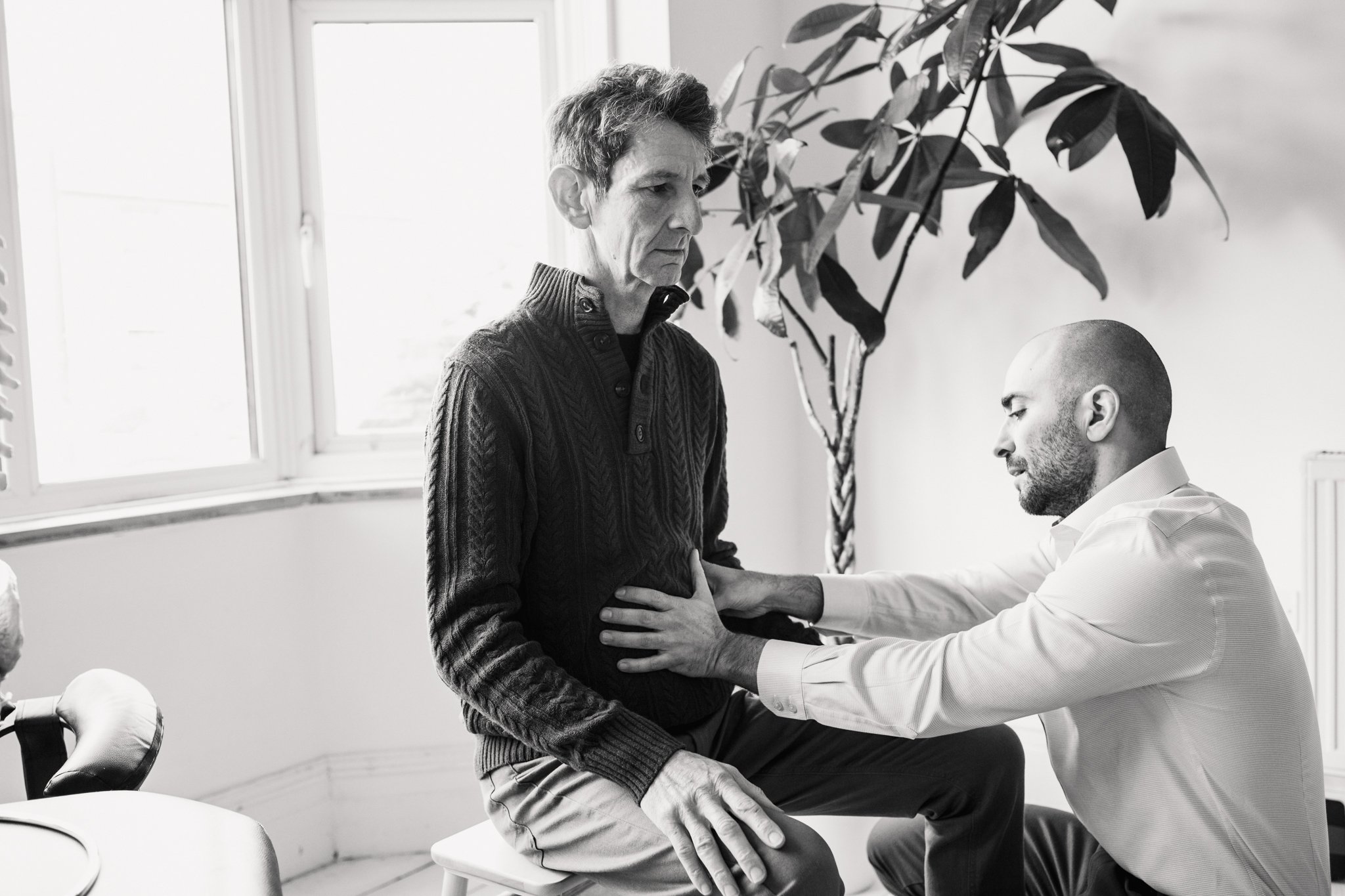Core weakness/instability
The core
The body's center of gravity
Core weakness. Something you probably heard before. The primary focus with people presenting with low back or SI Joint pain is ultimately to strengthen the core from each direction (anterior, posterior and lateral). This is usually achieved after a series of adjustments. At Alive we promote the Stuart McGIll approach and his "Big 3"; however these exercises are tailored to the problematic and capability of each individual.
The "Core" includes many different muscles: Transversus abdominis, the obliques, and also the diaphragm.
The diaphragm is the main muscle of respiration. Many studies conducted during the last 20 years highlighted the importance of diaphragm strengthening and mobility for low back pain. Increasing abdominal pressure through some breathing exercises, reduces lumbar instability.
Dr. Edo is an expert in breathing techniques and has great results with people presenting with instability either of the low back or pelvis.
Recently, the potential therapeutic links between breathing and chronic low back pain have been investigated by researchers within experimental and clinical settings, following three main routes which are shown to be interrelated.
1. Structural
Development of low back pain may be associated with changes in control of the trunk muscles (Hodges and Richardson 1996; Radebold et al. 2000). Control of the trunk is dependent on activity of muscles such as the diaphragm (Hodges et al. 1997), transversus abdominis (Hodges et al. 1999) and pelvic floor (Hodges et al. 2002), and reduced activity of these muscles has been argued to impair mechanical support of the spine (Chul et al. 2016; Kolar et al. 2012; Janssens et al. 2013; Janssens et al. 2015). The theory proposed by Chul et al. (2016) is that considering diaphragm attachments on lumbar vertebrae (L1 to L3), and considering that the voluntary downward pressurization of the diaphragm increases intra-abdominal pressure, this in turn may contribute to lumbar stability.
2. Physiological
Dysfunctional breathing patterns – the most extreme form represented by hyperventilation – lead to an altered body pH, increasing alkalinity of blood (Brinkman and Sharma, 2019) and therefore triggering a variety of adaptive changes that produce a range of muscular, metabolic, cardiac, neurological and gastrointestinal symptoms (Lewis et al. 2017; Chaitow 2014)
Recently, Russo et al. (2017) presented an extensive review on the documented physiological effects of slow breathing in a healthy human body discussing potential clinical applications. This is a brilliant article we invite you to read. You can find it here.
3. Neuro-psychological
Previous research suggests that some breathing exercises enhance body-related sensation (Ferentzi et al. 2018) improving body-awareness and might be particularly helpful in patients with chronic low back pain (Mehling 2000, 2001).
In addition, conditions such as anxiety and depression are commonly associated with disability in chronic low back pain patients (Calvo Lobo et al. 2019; Borys et al. 2018; Tsuji et al. 2016) and previous research established that breathing retraining has a positive effect on these conditions (Cramer et al. 2018; Jerath et al. 2015)
Our inspiring blog, a hub of knowledge and ideas designed to spark curiosity and fuel your mind!
Dive into a collection of thought-provoking articles, practical tips, and engaging content that covers a wide range of topics realted to health and wellbeing.
You can discover fresh perspectives, gain valuable insights, and find inspiration to enhance the quality of your life.
A collection of informative and engaging videos that offer visual insights into the world of chiropractic care. Visual content is a powerful tool for education and empowerment, allowing you to deepen your understanding of chiropractic principles, techniques, and the benefits of maintaining a healthy spine.
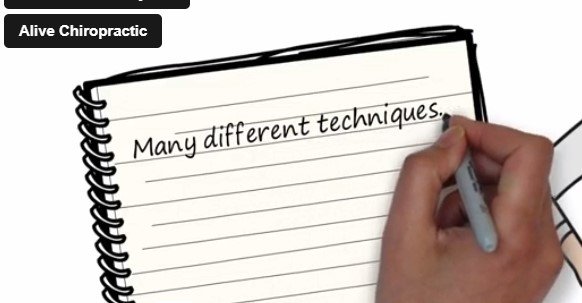
Chiropractic techniques
Chronic lower back pain is one of the most common musculoskeletal conditions causing disability and absence from work worldwide.
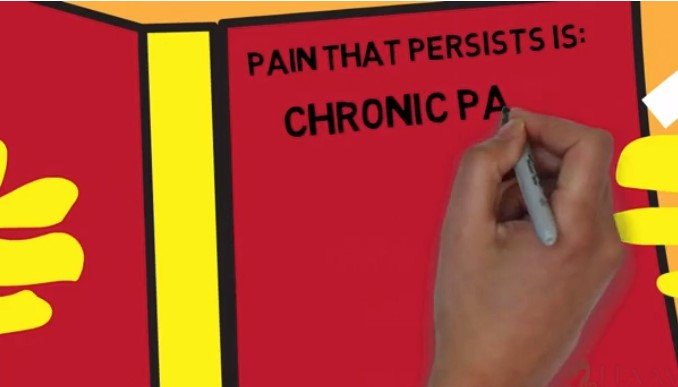
What is pain?
Sometimes, neck pain can be accompanied by radiating pain towards the shoulder blade or – in some cases – towards the arms.
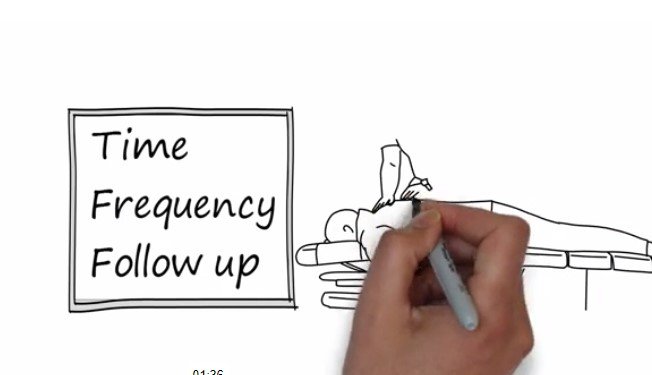
How often should I see my chiropractor?
If you suffer from frequent headaches or migraines, chiropractic care can provide effective relief.
